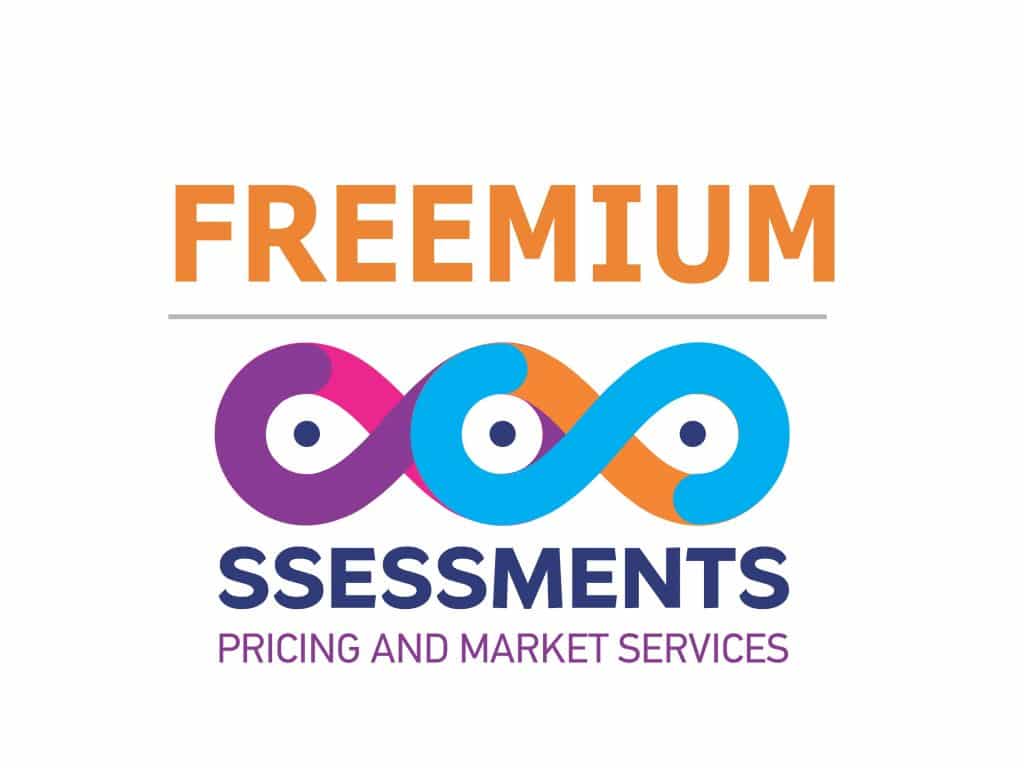- Growth expectations revised lower following recent data
- Stocks and commodities unwind the China reopening trade
According to Bloomberg article published on May 25, 2023, China’s muted economic rebound and Beijing’s reluctance to deploy large-scale stimulus are reverberating around the globe, crushing commodity prices and weakening equity markets.
Investors are pegging back their expectations for the world’s second-biggest economy as worries mount that its recovery from pandemic restrictions has lost momentum.
Recent data suggest gross domestic product growth this year will be closer to the government’s target of about 5%, contrary to expectations of a large overshoot formed earlier in the year. The figures also show a lopsided rebound that’s being led by consumer services, while industrial activity lags far behind.
“People are adjusting their China recovery expectations lower,” said Chaohui Guo, an analyst at Beijing-based investment bank China International Capital Corp.
In equity markets, the CSI 300 Index has given up about half its gains from the so-called reopening trade that started in November, while the yuan is signaling an economy in distress after breaking through the closely-watched 7-per-dollar level.
In the crisis-ridden property market, sales are slowing after an initial rebound. Combined with the persistent financial troubles of real estate developers, that’s hampering new projects in a sector which accounts for about 20% of China’s GDP after including related sectors. Infrastructure spending is being constrained by the hefty debt loads of local governments, symbolized this week by an 11th hour bond repayment by a state-owned firm.
Disappointing construction activity is weighing heavily on many commodities markets. Copper — long considered a barometer of an economy’s health because of its wide range of uses — has dived below $8,000 a ton while iron ore has breached $100, unwinding all of the gains made after Beijing called time on its Covid Zero policies late last year.
China is the world’s biggest buyer of items like crude oil and copper, and its vast steel industry accounts for well over half of global iron ore demand.
Reflecting China’s services-led recovery, oil prices have fared better after Beijing abandoned its restrictions on travel. But other energy products keyed to industrial activity are feeling the pinch. The price of coal, China’s mainstay fuel that underpins its industrial base, has dropped 18% since the beginning of the year. Flagging demand in the US and Europe is partly to blame, weighing on China’s exports of manufactured goods.
“There was a lot of expectation that you would see quite a strong year in China,” said Neil Beveridge, a senior analyst at Sanford C. Bernstein. “What we’re seeing right now is fairly weak China recovery in terms of industrial production. We haven’t seen domestic consumption really come through and exports have been a problem.”
Among equities, the worst performers this year are stocks tied to consumer spending, reflecting concerns over the fragility of the consumption-led recovery. Fears over China’s growth have also contributed to a rout in European luxury stocks including LVMH and Gucci-owner Kering SA — wiping about $60 billion from the sector over two days this week. International investors are also selling mainland equities, with outflows exceeding $1 billion on one day alone.
“The growth story is not what people thought it would be,” said Alicia Garcia Herrero, chief Asia Pacific economist at Natixis SA. There was too much optimism about households spending down their excess savings in particular, she said. “In China, its fear-related excess savings, and that fear has not changed.”
China’s flagging growth, particularly since a tepid set of April activity figures released earlier this month, have amped up calls for more central bank and fiscal support to bolster the economy. But Beijing is likely to take a longer view and resist adding any large-scale stimulus now, preferring to save its fiscal ammunition for next year, Garcia Herrero said.
In addition, base effects from last year’s extended lockdown of Shanghai should be highly favorable to growth rates in the second quarter, further reducing the need for action.
That low base could ultimately shape China’s response, irrespective of how markets are responding to its economic woes. “We don’t expect policymakers to unleash major stimulus, as the 5% GDP growth target is still well within reach,” economists at Goldman Sachs Group Inc. said in a note.
How the recovery fares in the second half “hinges on whether consumer, business, and investor confidence can be rebuilt in time, as a persistent lack of confidence could eventually trigger a negative feedback loop that results in more prolonged weakness,” they added.


